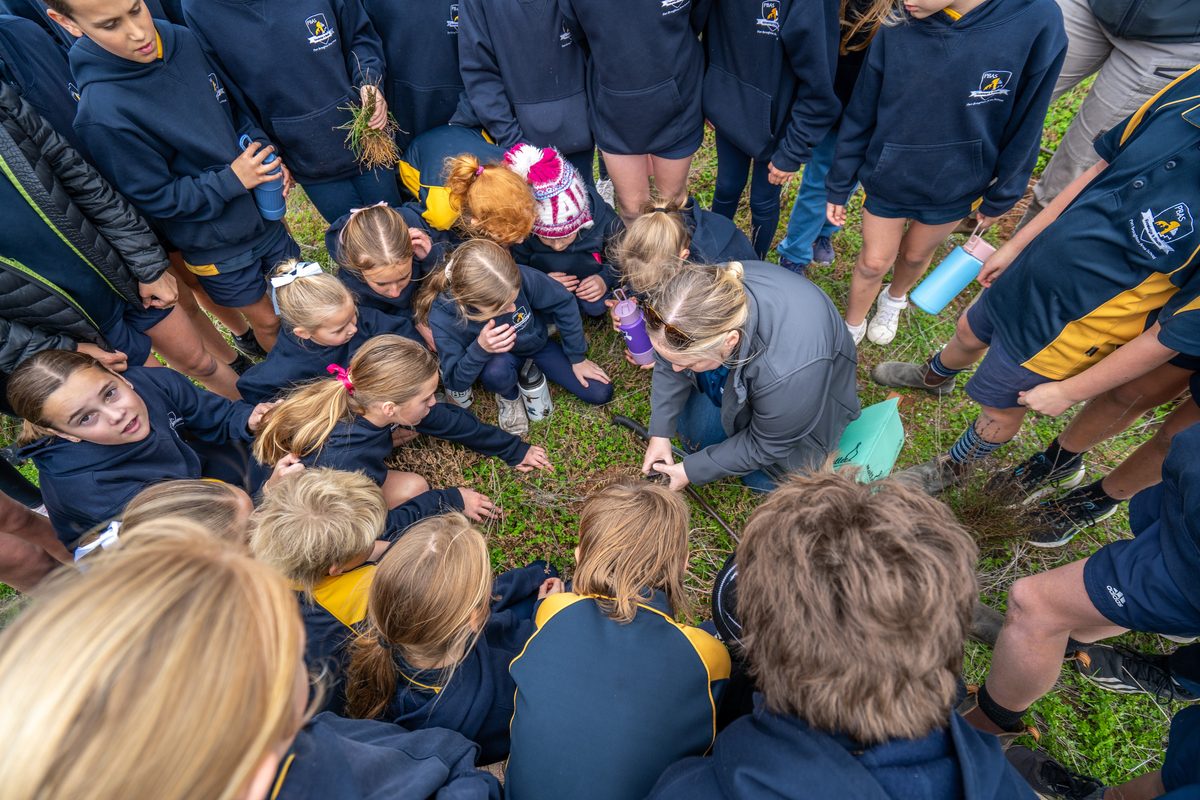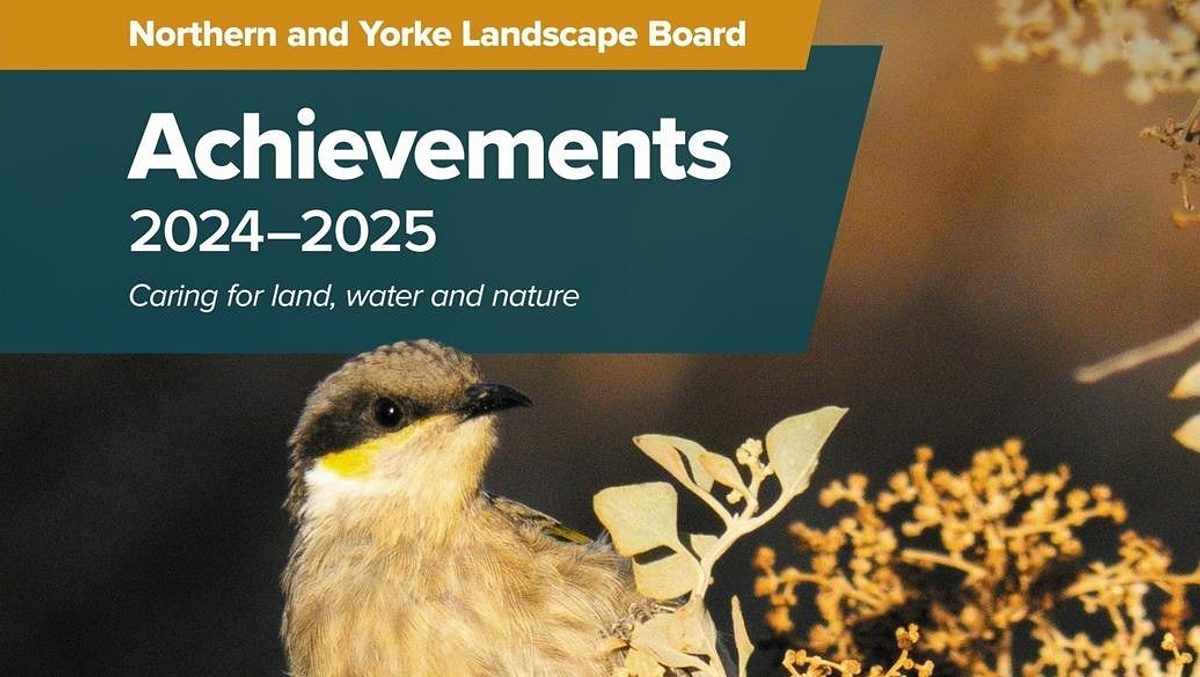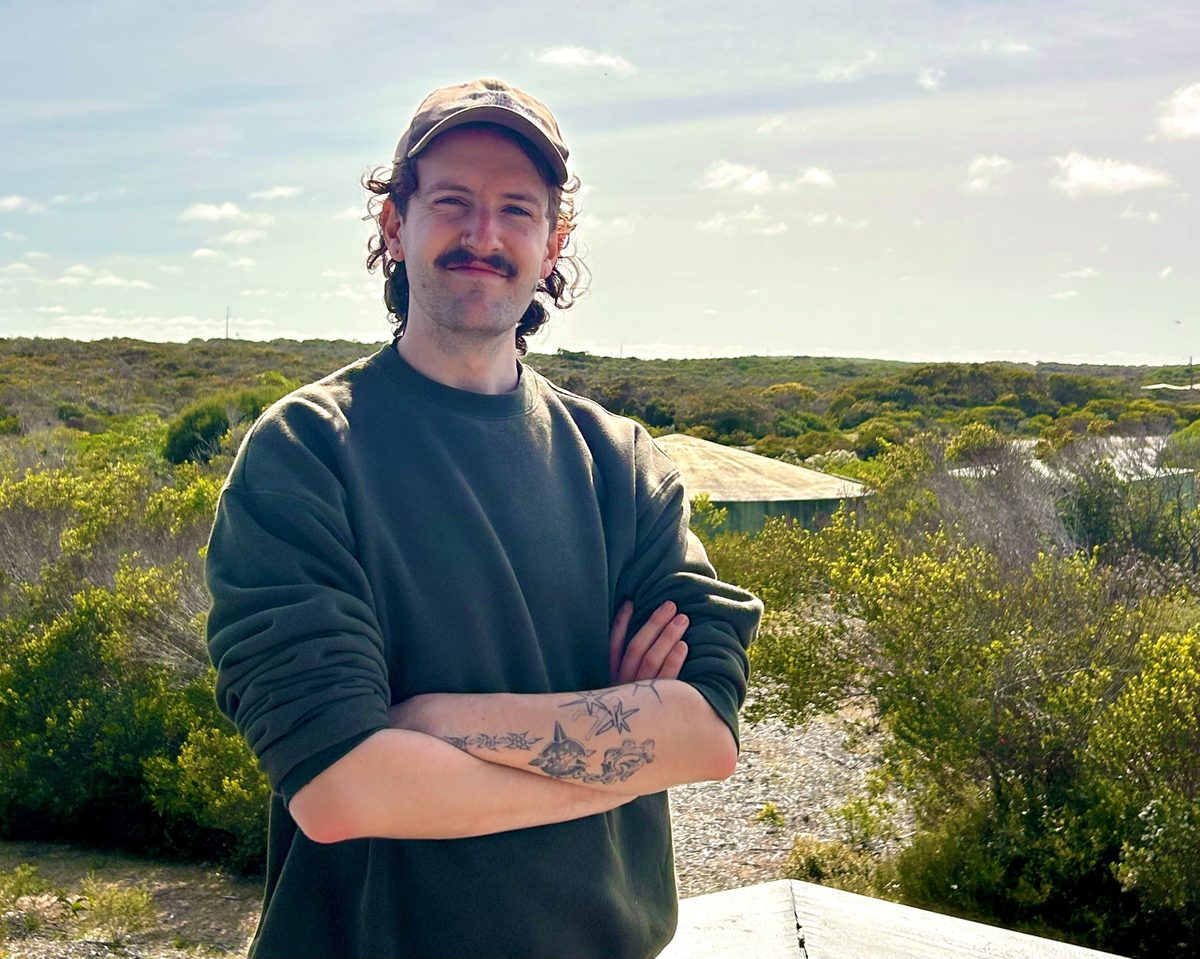Restoring coastal resilience at Port Broughton
The South Beach Reserve and walking trail in Port Broughton has been transformed thanks to hundreds of native plants and over a kilometre of new fencing.

An initiative of the Djulda-wawa Badja project (meaning ‘resilient coast’ in Narungga language), the restoration was carried out by local school students, council staff and a team from the Northern and Yorke Landscape Board.
Replacing fencing damaged by a 2016 storm surge was an important first step in the restoration, as it plays a crucial role in safeguarding the sensitive dune ecosystem.
Port Broughton Area School students and staff then got on board to contribute to the revegetation activities, with their entire primary school helping during planting days at the site over the past two years.
Principal Scott Moore said the children were excited to get involved in caring for their local land.
“The kids loved coming back again and were eager to check on the seedlings they had planted the previous year and see how they were doing,” he said.
“What we wanted them to get out of it first and foremost was a connection to the land, which I think they definitely got, as they were so excited to come back for the second planting.”
The Landscape Board and the Barunga West Council provided the native plants for the 2025 season.
Barunga West Council Mayor Leonie Kerley, who has grown seedlings for decades, propagated many of the seedlings herself for the 2024 planting.
“I joined forces with a neighbour and together we took on the task of growing native seedlings and revegetating the South Beach Reserve, continuing our commitment to restoring the natural environment, which I continue to work on today,” said Leonie.
The Port Broughton site is one of several key locations across Yorke Peninsula to benefit from the Djulda-wawa Badja project, including Point Pearce, Port Hughes, Port Victoria, Barkers Beach, near Tickera, Moonta Bay and The Bamboos.
These locations have had similar restorations, with more than 6.5 kilometres of fencing and thousands of seedlings planted in total.
“Through this project, I hope to see a long-term improvement in the health and resilience of the local coastal environment,” said Leonie. “By reintroducing endemic vegetation we can stabilise the dunes, reduce erosion, and create habitat for native wildlife.
“I also hope the area becomes a place where people can connect with nature and better understand the importance of caring for our local ecosystems. Ultimately, it's about leaving the landscape in better shape for future generations - healthier, more diverse, and more sustainable.”
The Djulda-wawa Badja project focused on building the coastline’s resilience through practical, on-ground land management activities.
It was funded by the State Government’s Landscape Priorities Fund and Landscape Levy. Project partners include councils, Narungga organisations, Landcare and bushfire recovery groups, non-government organisations, landholders, YP Tourism, AGL, Northern and Yorke Local Government Association, Regional Development Australia Yorke and Mid North and local schools.


